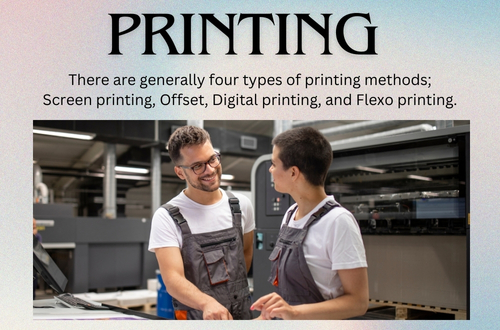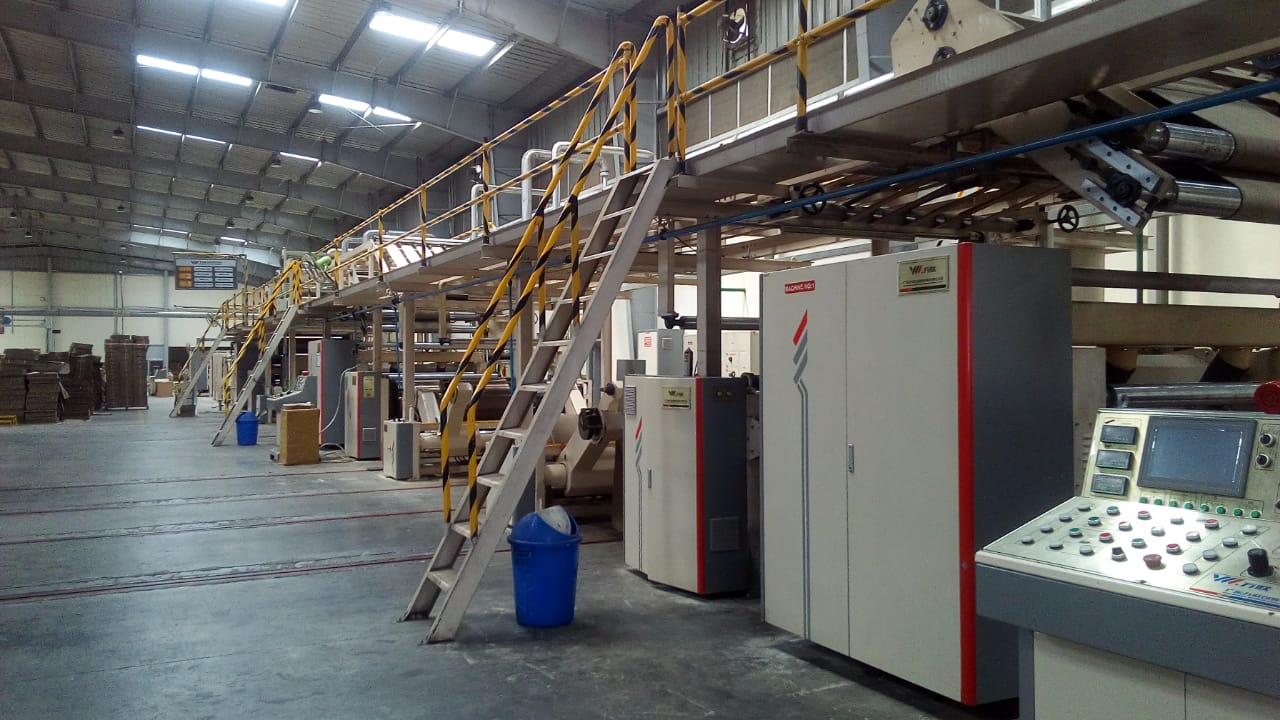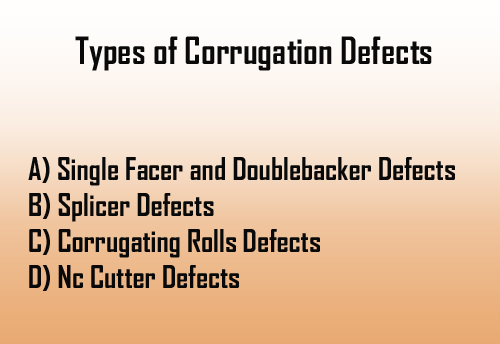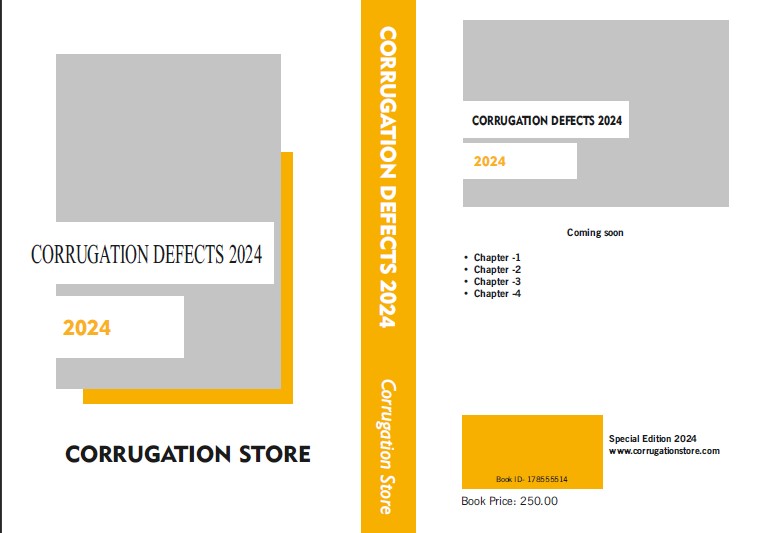Screen printing
Screen printing is a process that has been around since the 19th century. Screen printing is a printing technique that uses a mesh to transfer ink or dye onto a substrate. The ink is blocked from certain areas of the substrate by a stencil made of impermeable material. A blade or squeegee is used to push ink through the open mesh onto the substrate. The screen is then pressed against the substrate along a line of contact to wet it with ink. As the screen springs back, the ink is pulled out of the mesh apertures. This process is repeated for each color used, with a separate screen for each color, to create a multi-colored image or design.
Post By: Ravinder Rana
Digital printing
Digital printing is a modern printing technique that involves using digital files to produce printed materials. Unlike traditional printing methods, which require creating printing plates, digital printing allows for directly printing a digital file onto various materials, including paper, cardstock, vinyl, and fabric.
Digital printing offers several benefits over traditional printing methods. Firstly, it provides a faster turnaround time since there is no need for creating printing plates. Additionally, digital printing allows for greater flexibility in printing small quantities of materials, as well as the ability to produce personalized or customized prints quickly and easily.
Another advantage of digital printing is that it offers greater color accuracy and consistency. With the use of specialized software and equipment, digital printers can match colors more precisely and produce high-quality prints that are consistent from one print run to the next.
Overall, digital printing is a versatile and cost-effective printing method that many businesses and individuals prefer for its speed, flexibility, and high-quality results.
Ofset Printing
Offset printing is a highly efficient and widely used printing method that involves transferring ink from a specially prepared metal plate onto a rubber blanket, and then onto the printing surface. This process is known as "offset" because the ink is not directly applied onto the paper, but instead is first offset onto the rubber blanket, which then transfers it to the paper. The result is a high-quality print with exceptional detail, color accuracy, and vibrancy.
Offset printing is particularly suited for high-volume printing projects, as it is capable of producing large quantities of printed materials quickly and cost-effectively. It is also ideal for printing on a wide range of paper stocks, including everything from lightweight newsprint to heavy cardstock.
The process of offset printing involves several steps, including image preparation, plate-making, ink application, and printing. Each step is carefully controlled to ensure that the final product meets the highest standards of quality and consistency.
Overall, offset printing is a reliable and versatile printing method that has been used for decades to produce a wide range of high-quality printed materials for businesses, organizations, and individuals alike.
Flexo Printing
Flexo printing is an efficient and widely used printing technique that makes use of flexible photopolymer plates to transfer ink onto various substrates, such as paper, plastic, and packaging materials. The plates are mounted onto a rotating cylinder, which expertly transfers the ink onto the substrate as it passes through the printing press.
Flexo printing is the go-to method in the packaging industry due to its ability to print on a range of materials and its high-speed production capabilities. It is also a preferred method for printing labels, tags, and other products that require high-quality, high-volume printing.
One of the standout features of flexo printing is its versatility in terms of ink types and colors. It can print with water-based, solvent-based, and UV-curable inks, providing a wide range of colors and effects. In addition, flexo printing can produce high-quality, crisp images with exceptional detail and registration.
Overall, flexo printing is a reliable and cost-effective printing method that can produce high-quality results for a variety of printing projects.
Popular Posts
Tags
Type of printing Keyline Types of Box Live Class Jobe Corrugation Industrries Defects Formulas Printing Corrugation Defects in box Line defects Printing Defects Shoping
|
Enter your email address to subscribe to this blog and receive notifications of new posts by email. |




